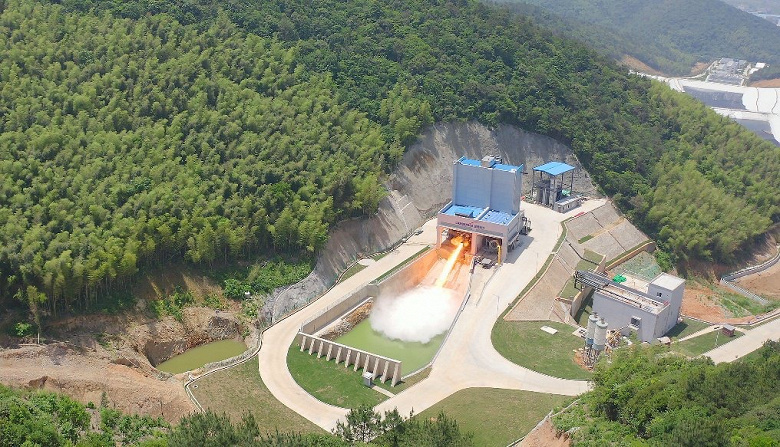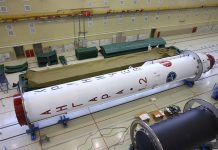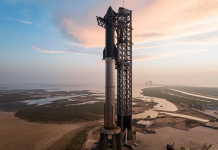Chinese private space companies have joined the development of their own efficient and powerful methane engines
China is actively developing a program to create engines based on the full cycle of methane combustion for its reusable cargo launch vehicle Long March 9. The development of such engines, providing a thrust of 200 tons, includes a full cycle of design and creation of components. The tests tested prototypes and components such as ignitors, gas generators and nozzle chambers.
Scientists from the Xi’an Aerospace Propulsion Institute have detailed the progress China has made in developing engines powered by methane and oxygen. The institute is an important design unit of the China Aerospace Science and Technology Corporation (CASC), responsible for the development of liquid propellant rocket engines.
According to CASC officials, the first stage of the Long March 9 super-heavy launch vehicle will include 26 reusable engines. The first test launch of the powerful rocket is scheduled for 2033.

The study of engines based on a complete stepwise combustion cycle of methane and oxygen began in China back in the 1980s. Currently, methanolox engines with a capacity of 10 and 80 tons of thrust have been developed. The latter have already undergone successful fire tests and have become a breakthrough in the reliability and reusability of the engine. According to CASC’s plans, the development of such engines will contribute to China’s plans for large-scale space exploration, including landing on Mars.
The main characteristics make the engine based on the full combustion cycle of methane and oxygen comparable to the SpaceX Raptor engine. The world’s second full-stage methane-oxygen combustion engine is superior to Blue Origin’s BE-4 engine and other domestic and international methane-only engines, although the latter have more thrust.
Full combustion cycle engines provide high thrust and efficiency, and also have advantages in reliability and recyclability. However, challenges exist, including complex system configurations, integration and assembly difficulties, and problems with ignition control.
The review also notes progress in the development of methanol engines by Chinese commercial enterprises. Specifically mentioned are the Mingfeng-1 engines developed by CASIC, the Tianque engines that power Landspace’s Zhuque-2 rocket, the JD-1/Focus-1 engine for iSpace’s Hyperbola series of reusable rockets, and the Longyun engines developed by Jiuzhou. Yunjian, and Aerospace Propulsion’s Canglong development.
Landspace was one of the first to receive private investment after China opened up the space sector to private capital. It successfully launched Zhuque-2, the first and so far only methanol rocket to reach orbit. Now the startup plans to create a methanol rocket made of stainless steel, Zhuque-3, capable of delivering 20 tons of cargo into low Earth orbit in a single-use mode or 16.5 tons in a reusable mode.
At the same time, iSpace, which has already made a name for itself in the market, recently conducted a test with the test stage of its methanol Hyperbola rocket. In the near future, it is planned to conduct a test at an altitude of one kilometer.
Breakthroughs in methanol propulsion in China, as well as SpaceX’s successes and their demonstration of rocket reusability, have led to an adjustment in China’s long-term plans.
In 2011, plans were presented to equip the Long March 9 super-heavy rocket with kerosene engines providing 500 tons of thrust, together with liquid oxygen. These engines are at a more advanced stage of testing, but will be used in a rocket with an expendable launch system.
However, new designs unveiled in 2022–2023 show a Long March 9 rocket configuration using methanol engines without boosters. One of the longer range options resembles the Super Heavy/Starship design.
In addition, China is developing a three-stage heavy rocket specifically to send Chinese astronauts to the Moon by 2030. This rocket will be equipped with upgraded Carolox engines based on the technology of the Long March 5 rocket.




